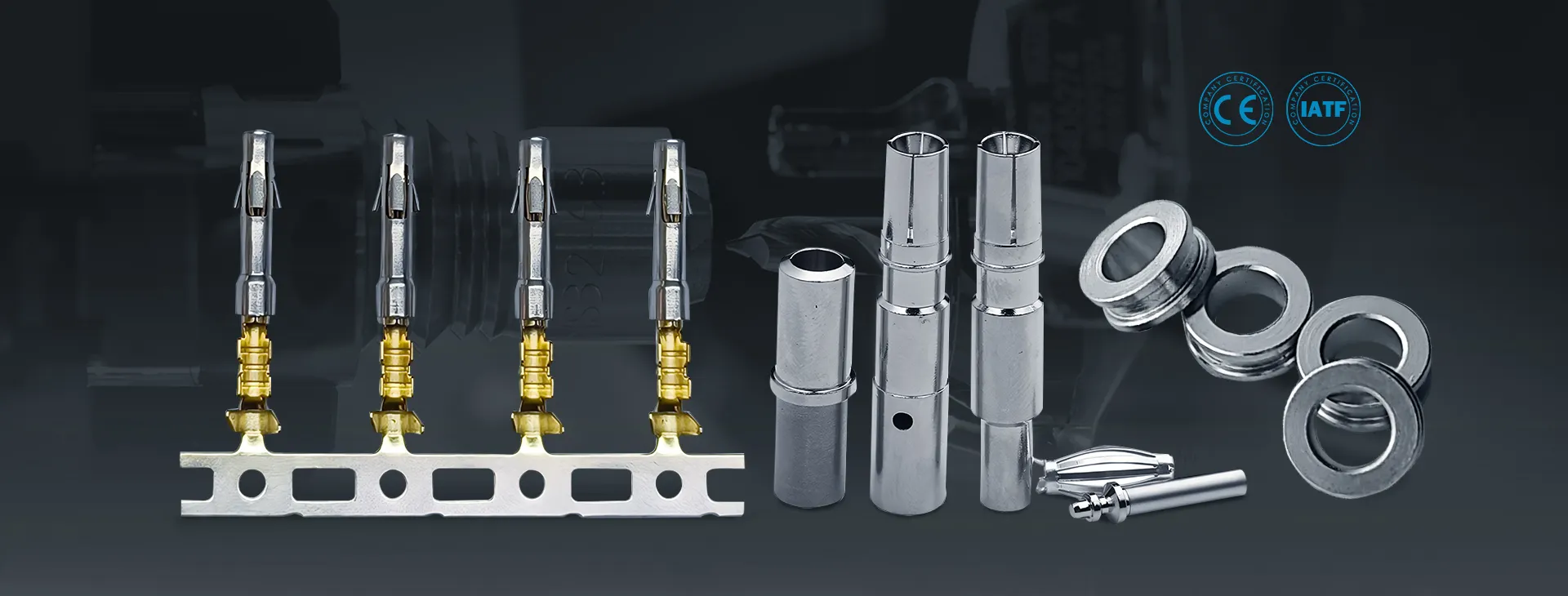Focusing on Stamping precision parts and CNC machined parts over 20 years ym@syjwj.com.cn +0086 159 1692 8704
Precision metal stamping is a highly specialized manufacturing process that involves the creation of custom metal stamping parts with exceptional accuracy and consistency. This technique utilizes advanced machinery to shape, cut, and form various metals into intricate designs tailored to specific applications across diverse industries. Generally, the thickness of the raw material can be processed from 0.05mm to 3.0mm. The raw materials are: beryllium copper (heat treatment required), phosphor copper, copper, brass, stainless steel, iron, aluminum, etc. In order to fulfill different mechanical function, stamping products can be conducted surface treatment. For example: electroplating, annodizing, passivation, heat treatment and so on.
A reputable metal stamping parts manufacturer employs state-of-the-art technology and expertise in materials engineering to produce components that meet stringent quality standards while optimizing production efficiency. By leveraging precision tooling and die-making processes, these manufacturers can deliver high-volume runs of complex geometries or simple shapes alike, ensuring each piece meets exact specifications for dimensions, tolerances, and surface finishes. The result is a reliable supply chain solution that empowers businesses to innovate without compromising on quality or performance in their end products.















